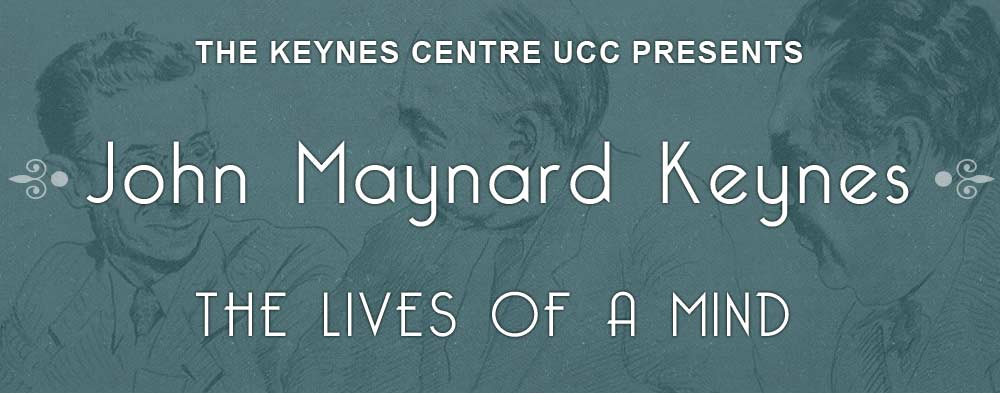


(John Maynard Keynes)
KEYNES’S best-known work, The General Theory of Employment, Interest and Money, was published in 1936 and soon became the seminal work of the second half of the 20th century. Towards the end of WWII he was involved in the negotiations that were to shape the post-war world. In 1944 he led the British delegation to the conference at Bretton Woods, New Hampshire.
He played a significant role in the planning of a new international order, including the World Bank and the International Monetary Fund. On the morning of Easter Sunday, 21 April 1946, he had a final heart attack as Lydia brought him a cup of tea. He was 62 years old.
By the time of his death in 1946, his ideas and their interpretation were becoming a new orthodoxy and for the next 30-35 years would be adopted in some way by governments across the world.
The Keynesian Revolution and The Age of Keynes, as his effects were branded, resulted in virtually all economists having to engage in one way or another with Keynes’s thinking since then.